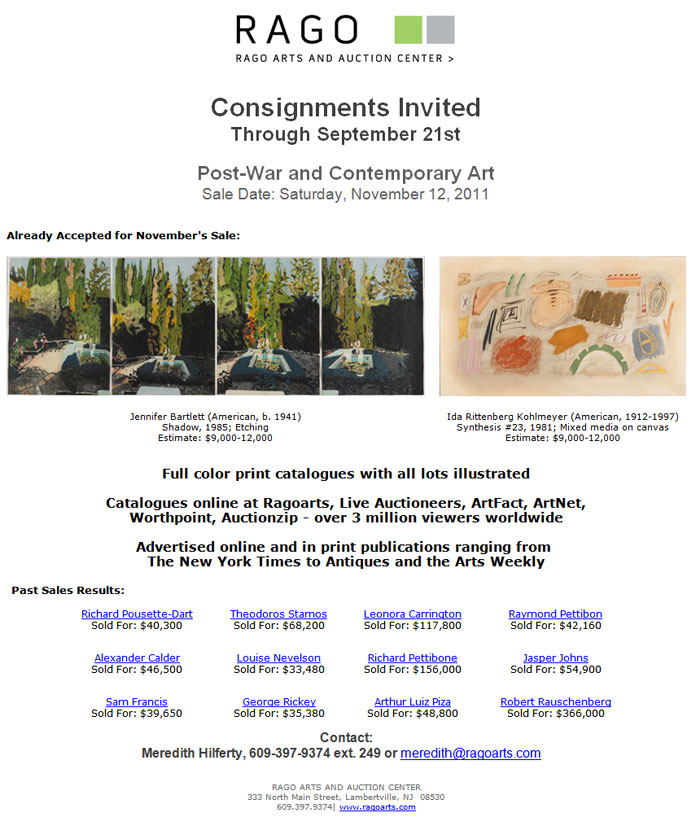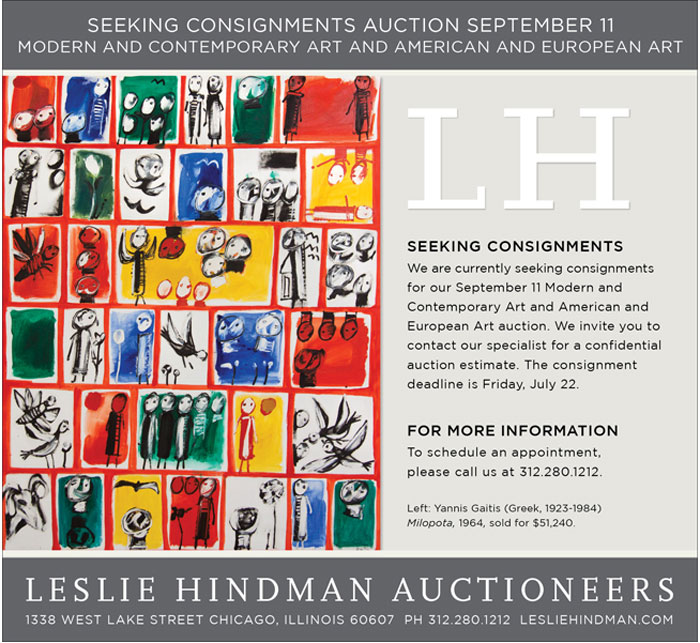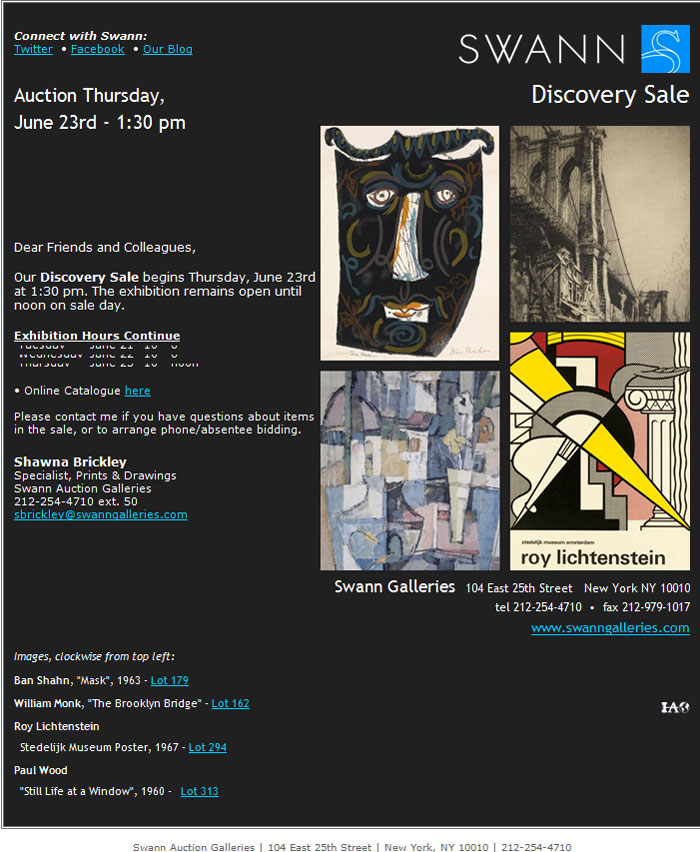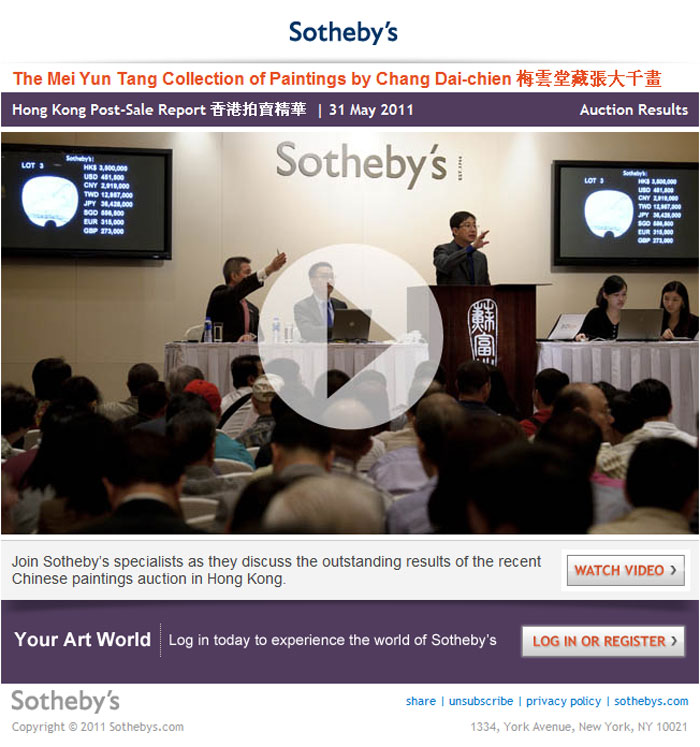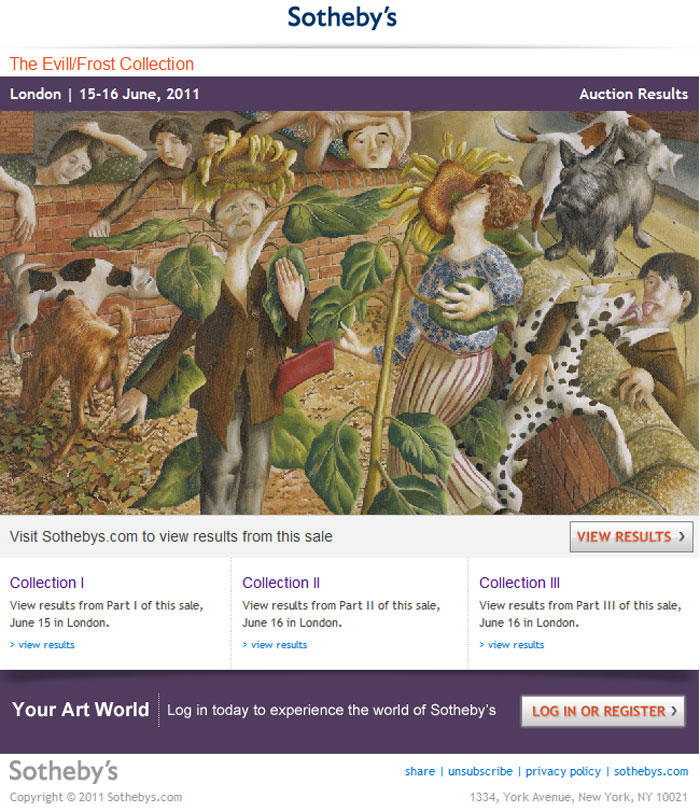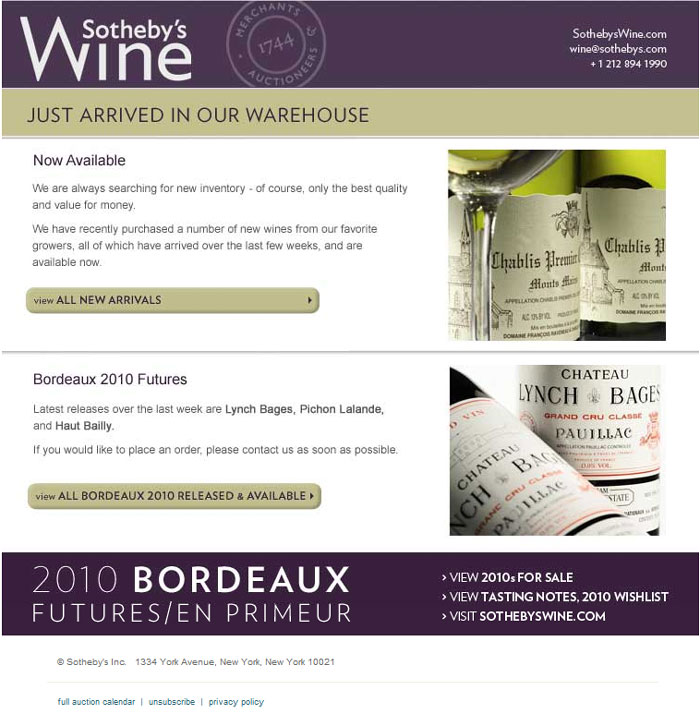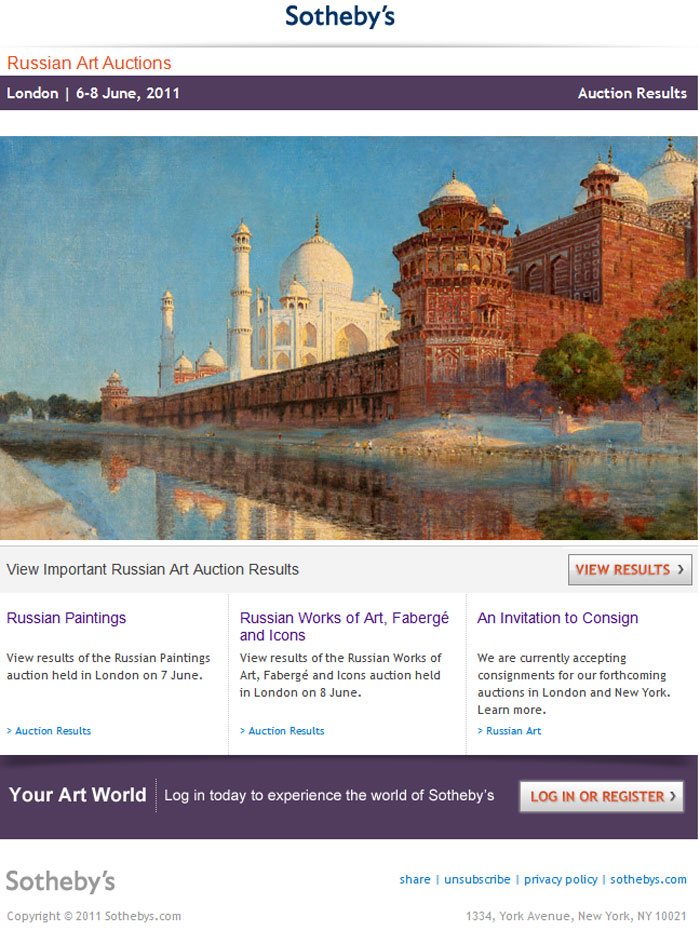LLAES, Ltd. conducts first million dollar sale with their June 18th Summer Catalogue Auction. Gross sales hit 1.15 million dollars.
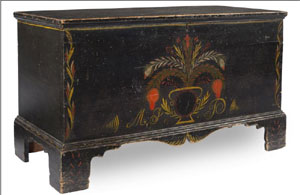
North Carolina Paint Decorated Blanket Chest, 1840s ($80,500)
Held at LLAES, Ltd.’s new auction gallery in Hillsborough, North Carolina, this record sale garnered an international audience and a packed house. Over 1000 bidders registered through Live Auctioneers, with a sell through rate of 24% for online bidders. 1350 bidders were pre-registered as telephone or absentee bidders. More than 200 bidders energized the house with traditional floor bidding.
This milestone auction was led by a North Carolina Paint Decorated Blanket Chest which sold for $80,500 (prices include the 15% buyers premium). This regional treasure will find its new home in public collection. Another top lot was a three piece Cloisonne Scholars Set, which blew past its estimate with fervent bidding between phone bidders and brought $57,500. This 19th century beauty will return to China.

Oil on Canvas by Carlo Grubacs (It., 1802-1878), “View of Venice” ($23,000)
The remainder of the 700 lot Catalogue Auction saw strength from beginning to end, from category to category. The quality of the Fine Art offerings, both American and Continental, were reflected in the bidding activity on sale day. “The Red Bridge,” by Grandma Moses achieved $24,150. Other top lots include Edouard Cortes’, “Porte St. Denis,” which sold for $23,000; Carlo Grubacs’, “View of Venice,” which achieved $23,000; and a pair of portraits attributed to Sheldon Peck, which sold for $12,650.
This sale offered an impressive array of Silver offerings. Top lots include a Whiting Sterling Silver Tea & Coffee Service, which hammered for $10,637; a set of twelve Sterling Dinner Plates by Baldwin & Miller, which sold for $7,475; an S. Kirk & Son “Repousse” Sterling Silver Service, which sold for $7,187; and a set of eight Tiffany & Co. Sterling Master Salts, which brought $4,370.
Asian Lots elicited much excitement in the sale with many lots sailing past their pre-auction estimates. Strong sellers include a Chinese Famille Rose Porcelain Peach Charger, which soared to $7,187; a pair of Chinese Throne Chairs, which sold for $6,900; a Chinese Porcelain “Chicken” Bowl, which hammered for $4,830; and a watercolor on paper by Bunsai Loki, which brought $11,500. Also strong were Chinese Yixing Teapots, all exceeding their pre-sale estimates.
American Furniture offerings brought strong bidding throughout the sale. Top sellers include an Important Philadelphia, Pennsylvania Armchair which achieved $20,700; a North Carolina Inlaid Sugar Chest on Stand, which brought $8,625; and a North Carolina Child’s Chest of Drawers which rose to $4,140.
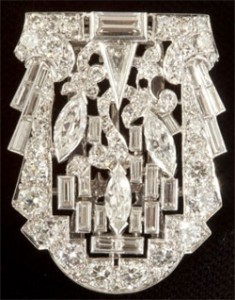
Art Deco Platinum Diamond Clip ($3,220)
Estate Jewelry was led by a Natural Blue Sapphire Pendant, which sailed to $19,550; a Platinum and Royal Asscher Cut Diamond Ring which sold for $6,612; a French Art Deco 14KT Gold and Sapphire Compact, which brought $3,220; and a Diamond and Gold Link Necklace, which achieved $8,337.
The quality of the Modern offerings at this sale confirmed the impressive growth of the department. A new to market George Nakashima Minguren I Table rose to $16,100. Other exciting lots include the Five-Piece Seaforms Set by Dale Chihuly, which brought $12,075, and a Howard Thomas oil on Masonite entitled, “Festival 41,” which sold for $5,290.
The Decorative Category was led by a bronze figural by Adrien-Etienne Gaudez which sailed to $10,062. Other strong lots include a Tiffany Favrile Fabrique Glass Table Lamp which achieved $11,500; a Steinway “M” Grand Piano, which brought $4,600; a Chelsea “Hans Sloane” Botanical Platter which sold

Dale Chihuly (b. 1941) Five-Piece Seaforms Set ($12,075)
for $6,612; and a 17th – 18th century Continental Two Light Brass Candelabrum, possibly German, which hammered for $3,220.
Leland Little Auction & Estate Sales, Ltd.’s Two Day Fall Catalogue Auction will be held on September 16th and 17th, 2011. LLAES, Ltd. is always seeking quality consignments, whether it be an entire estate or a significant item. If you would like to discuss selling please call at 919-644-1243 or email at info@LLAuctions.com. To learn more about Leland Little Auction & Estate Sales, Ltd. please visit their new website at www.LLAUCTIONS.com.

